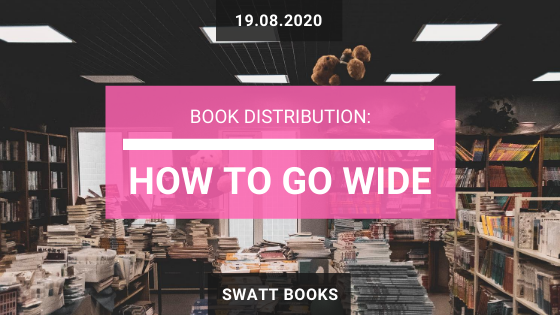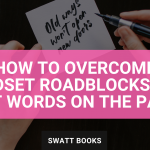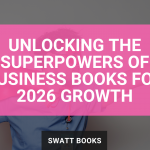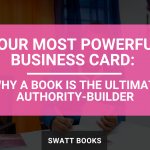Book distribution is one of the areas that many first-time authors considering self-publishing struggle with. The question of how to get your book into the hands of readers is one that will ultimately make or break how successful your book can be.
What complicates matters is that there are several ways in which self-publishing authors can go about distributing their books.
Book Distribution Options
Self-Fulfilment:
This is where you commission a tradition printer to produce a print run of your books and then you send them to where they need to go.
- PRO: the cost to produce each copy is lower than other options
- CON: you have to order a minimum quantity upfront (usually 200-500) which means there is a considerable upfront cost and risk; you need to store them; you need to manage the logistics of shipping yourself which can be time-consuming
Print on Demand via Amazon KDP:
Amazon KDP (formerly CreateSpace) is the method that most people think of when you talk about self-publishing. You upload your book to Amazon, and they manage the distribution of it their customers.
- PRO: no account or listing fees, and the cost to print and deliver books is taken out of the cover price
- CON: your book is only available through Amazon[1]
Print on Demand via IngramSpark:
IngramSpark (the consumer arm of Lightning Source) is a print on demand publishing platform just like Amazon KDP, however as they are owned by the largest book distributor in the world, their distribution network will get your book into nearly 30k book retailers, libraries and universities around the world.
- PRO: global distribution that the majority of retailers (both online and brick & mortar) already deal with regularly
- CON: Though your book will be available to purchase on Amazon, Amazon does not take into account whether a book is available as print on demand or not outside of KDP, so you run the risk of your book being temporarily out of stock – especially during the few first week weeks of publication.
There are many other print on demand platforms, but KDP and IngramSpark are the two largest.
As you can see, there are a few big cons to each of the various book distribution methods. But there is a distribution method that is starting to gain momentum in the self-publishing industry, and that is the concept of ‘Going Wide’.
‘Going Wide’
Going Wide is the approach of combining all three book distribution methods I mentioned above together to make use of all of the benefits and offsetting the negatives. Here’s how it works:
- You list your book on Amazon KDP in both print and Kindle. This ensures that your book is available across the Amazon network and you don’t run the risk of it ever being listed as out of stock as Amazons’ algorithm knows that it’s a print on demand title.
- You replicate that same listing on IngramSpark in both print and generic ebook. This then distributes your book to retailers outside of Amazon (like Waterstones, Barnes & Noble, The Book Depository, and Booktopia). You also use IngramSpark to order small quantities of author copies of your book at cost to fulfil any face-to-face sales, gifts to clients, friends and family, or for marketing purposes.
- Then if you should ever need a high volume of books for an event or a big promotion (more than 250 copies) you send the same artwork that you submitted to IngramSpark and KDP to a traditional printer.
By using this method of book distribution, you eliminate the considerable up-front costs and risk of printing a load of books without knowing whether they will sell. You avoid the necessity of shipping books to your readers or negotiating distribution accounts with individual retailers and book distributors like Gardners or Bertrams. Yet you retain control over how your book is made available to the public and your royalties are automatically paid to you each month.
If you want to learn more about how the Wide book distribution model works, check out my book “Stress-Free Self-Publishing” available on Amazon, Waterstones, Barnes & Noble, and all other fine book retailers. Or you can get a signed copy direct from me.
[1] Amazon does offer extended distribution to other retailers, however, there are several restrictions in place, they take a much higher percentage of the cover price, and their distribution network is fairly small since many retailers do not want to deal with a direct competitor.





